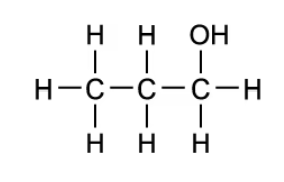Carbon is one of the most abundant elements found in the molecules of living organisms.
Which of the following statements does not refer to a property of carbon that allows it to play an integral biochemical role in the molecules of living things.
It has four electrons in its outer shell meaning it can form four covalent bonds with other atoms
When it bonds with hydrogen it creates a dipole that allows it to form hydrogen bonds with water and other polar molecules
It can form double and triple bonds with adjacent carbon atoms to allow unsaturated compounds to form
Produces a tetrahedral-shaped structure which allows the formation of varied carbon compounds which have different 3-D shapes
Did this page help you?



